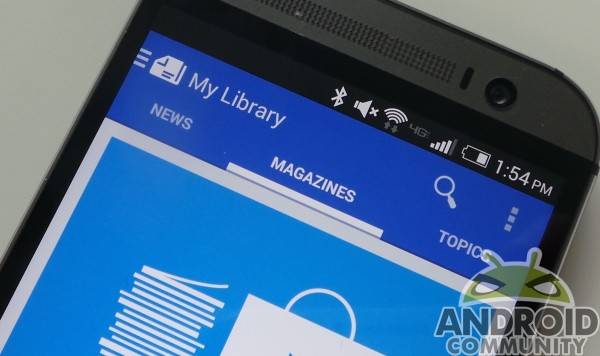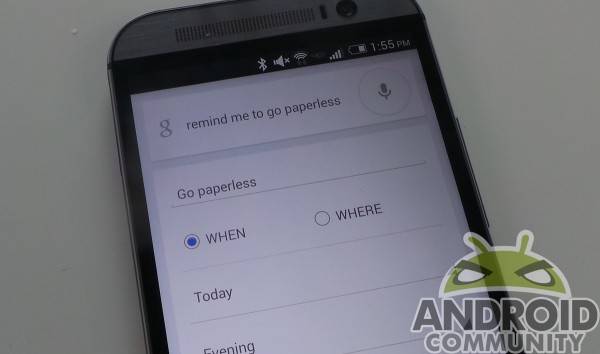
Earth Day is here, and it has us thinking: are we doing enough for our environment? There are lots of really simple things we can do, and one of them is to go as paperless as possible. By eliminating or reducing the amount of paper and plastic we produce or are responsible for, we can have a positive impact on our environment. Below are some tips to help you go paperless, using your Android device as a backbone.
Coupons!
Clipping coupons is a chore, and honestly kind of annoying. Besides, those coupon queens you see on HGTV who save a ton of cash on 75 bars of deodorant go through enough paper for all of us! One easy way to save cash is to use an app to save money, like Target’s Cartwheel app. Walgreens also has a similarly good app, and they’re much more paper-reliant than Target is. Various grocery stores are also getting in on apps over paper for coupons, so check with oyur local store to see if they have an app for you.
When possible, you should also find a coupon online, or choose to simply open an email to have a cashier scan your code. Often times, it’s just not necessary to print out a coupon and take it in. There are various coupon apps in the Play Store as well, so give them a shot and cut down on paper!

Put an end to bills
Whenever possible, you should opt out of paper billing. Credit card companies often let you receive email notifications, ending the monthly statement sent to you in the mail. You can even schedule payments in Google calendar, putting an end to the “uhh, did I pay my credit card?” internal dialogue. They may still hassle you via email, but it’s much better than getting an envelope. Your credit card company likely has an Android app, too, where you can pay bills and manage your account.
Don’t forget about books and magazines
Music and movies are available for streaming, but so are magazines and books. There are various apps like Kindle or Play Newsstand that make it really simple to go digital. Amazon even has a program where they give you a digital copy of a book you once bought, often free or for a nominal fee. When you factor in magazine subscriptions, your monthly paper intake can get quite cumbersome. We suggest you check out eReading apps to see if one suits your needs.

Paper Karma
This app is a sleeper, but really fun and useful. In your mailbox, you likely get one or two pieces of good mail (which you’re going to receive electronically from now on, right?!) mixed with a ton of junk. You’re not sure where it came from, or why you get it — but you do. Rather than simply sigh and toss it in the recycling bin, why not cut it off at the source?
Paper Karma lets you scan your junk mail into their system, which then takes care of unsubscribing you. Rather than track down some website for the offending mail (if one exists) and creating a profile just to opt out of mail, you can just scan it. Over time, your junk mail will start to reduce, and your mailbox once again becomes useful.

Notes can be digital, too
You just want to remember to grab milk at the store, so you scribble it down on a piece of paper and head out the door. Later on, you happen to look at the paper, but it’s too late — you’re nowhere near a store! If that sounds like you, stop wasting paper and go digital!
Apps like Keep or Any.Do can make your reminders really seamless and easy. For simpler tasks like reminding yourself to get that milk, Google Now is a great choice, and could be easier to use for simple tasks. We’ve previously gone over note taking apps, so give our article a read-through to decide which is best for you.

Bonus tip!
If you do all the things noted above, your paper intake and use will be reduced greatly. If you use cloud storage for your files (it doesn’t have to be just for pics, you know), you’re only adding to all the good you’re doing.
Keeping files stored in cloud storage can act like a file folder you might keep at home, except it takes up no room and won’t get damaged. You can also access your files anywhere, and store just about any type of file. Even if you went paperless with credit card statements, you can always save a PDF to Drive or Dropbox. If someone ends up sending you a bill via snail mail, scan it and save it to the cloud, then recycle the statement. By then, you’re using almost zero paper at all.









